ICD-10: Medical Coding
Decode, Document, Deliver: Master ICD-10 Medical Coding

17 Hours average completion time
1.7 CEUs
23 Lessons
26 Exams & Assignments
28 Discussions
23 Videos
25 Reference Files
114 Articles
Mobile Friendly
Last Updated December 2025
ICD-10 Mastery: Revolutionizing Medical Classification & Billing Systems
In the ever-evolving landscape of healthcare, accurate diagnosis and procedure classification is paramount. Enter the ICD-10, the state-of-the-art successor to the ICD-9. This revolutionary system isn't just an update; it's a paradigm shift that brings about intricate detailing, future-ready scalability, and unparalleled advancements tailored for modern medicine.
Delving Deeper into ICD-10:
-
A Leap in Evolution: Understand the historical progression from ICD-9 to ICD-10, and appreciate the nuances that make ICD-10 a monumental leap in medical classification systems.
-
ICD-10-CM - The Diagnostic Maestro: Spearheaded by the esteemed Centers for Disease Control and Prevention (CDC), the ICD-10-CM emerges as the gold standard for diagnosis classification. Grasp the intricacies of this system, which not only enhances accuracy but also encapsulates a spectrum of medical conditions with its 3 to 7 alpha-numeric digits. Moreover, its full code titles offer a granular insight, ensuring clarity and precision.
-
ICD-10-PCS - The Procedural Powerhouse: Developed by the Centers for Medicare & Medicaid Services (CMS), the ICD-10-PCS is a game-changer for healthcare facilities and providers across the U.S. Specifically tailored for inpatient hospital settings, this classification system is intricately designed to cater to billing requirements, ensuring streamlined operations and financial transparency.
-
Enhanced Scope & Scalability: Delve deep into how the ICD-10 provides a broader scope, allowing for the inclusion of emerging diseases, novel treatments, and innovative medical technologies. Its modular and expandable nature ensures it remains relevant, reflecting the continuous advancements in medicine.
-
The Paradigm of Precision: With ICD-10, gone are the days of ambiguous categorizations. The system brings forth a higher degree of specificity, allowing healthcare providers to capture detailed patient information, leading to better patient care and efficient billing processes.
Why Embrace the ICD-10?
For healthcare professionals, understanding and integrating the ICD-10 system is not merely about compliance; it's about pioneering excellence. By adopting this refined classification system, providers are not only aligning with global standards but are also ensuring optimized patient care, accurate billing, and efficient administrative workflows.
Join Us for a Comprehensive Exploration:
Our course is designed not just as an informational guide but as an immersive experience. Whether you're a medical coder, a healthcare administrator, or a billing professional, this course promises to equip you with the knowledge and skills to navigate the ICD-10 landscape with confidence and expertise.
In a world where precision in medical classification can directly impact patient outcomes and institutional efficiency, ICD-10 emerges as the beacon of excellence. Dive deep into its realm and emerge as a vanguard in healthcare excellence. Join us in this enlightening journey.
- Improved medical billing processes
- Epidemiological trend analysis
- In-depth coding system understanding
- Streamlined administrative workflows
- Comprehensive patient assessment skills
- Efficient healthcare service delivery
- Proactive health data management
- Accurate disease and procedure classification
- Enhanced patient care documentation
-

All About Herbs
-

Medical Terminology 101
-

Asthma 101
-

Celtic Mythology 101
-

Introduction to Cell and Molecular Biology
-

Medical Terminology 201
-
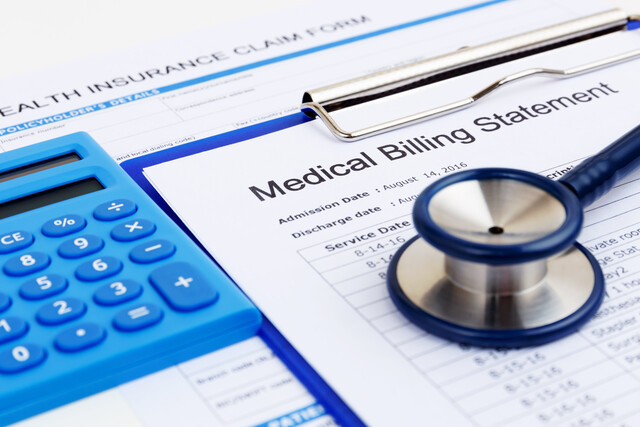
Introduction to Medical Billing
-

HIPAA Compliance 101
-

Strategic Planning
-
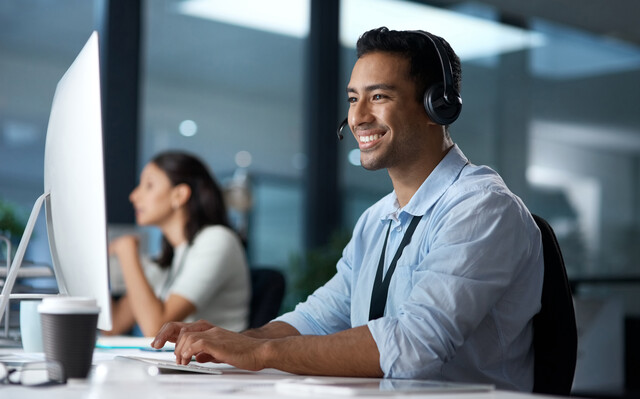
How to Run an Effective Help Desk
-

Anatomy and Physiology 101
-

Medical Office Management
-

Careers in Healthcare
-
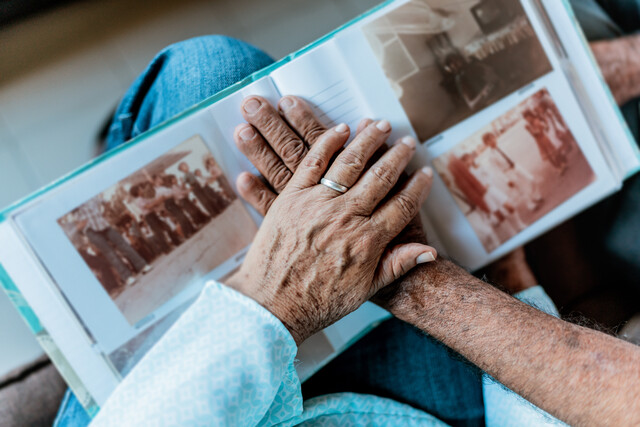
Alzheimer's Disease 101
-

End of Life Care
-

Landscaping 101
-

Bible Stories: Explore Life Lessons and Adventures
-

Caring for Seniors
-

Adobe InDesign
-

ICD-10: Medical Coding
-

Understanding Concussions
-
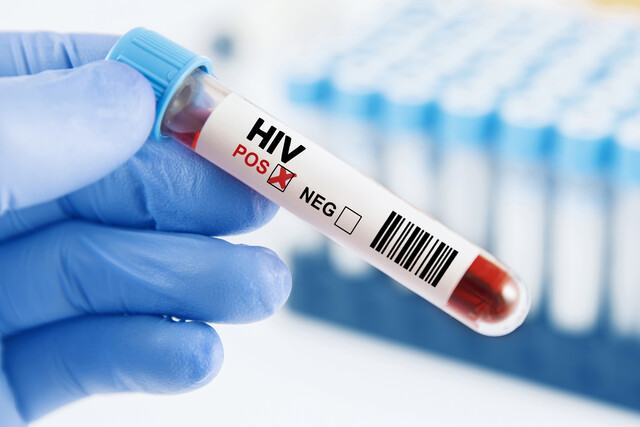
Caring for Patients with HIV/AIDS
-

Introduction to Medical Coding
-

Aging and Long Term Care
-
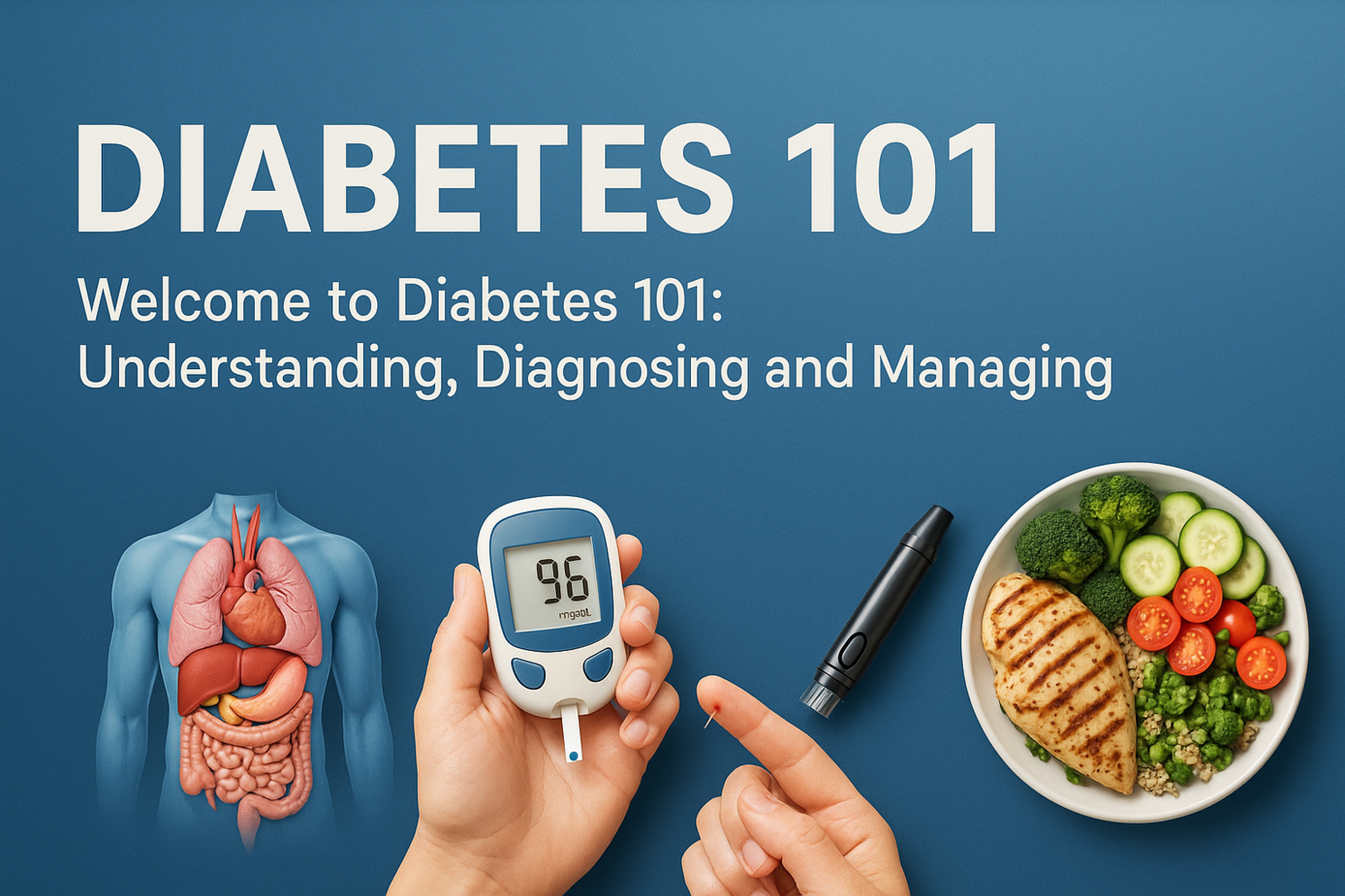
Diabetes 101